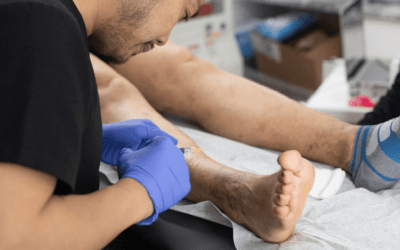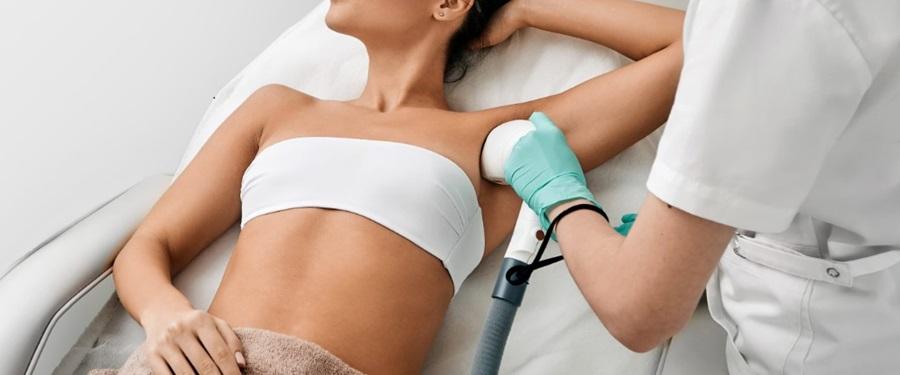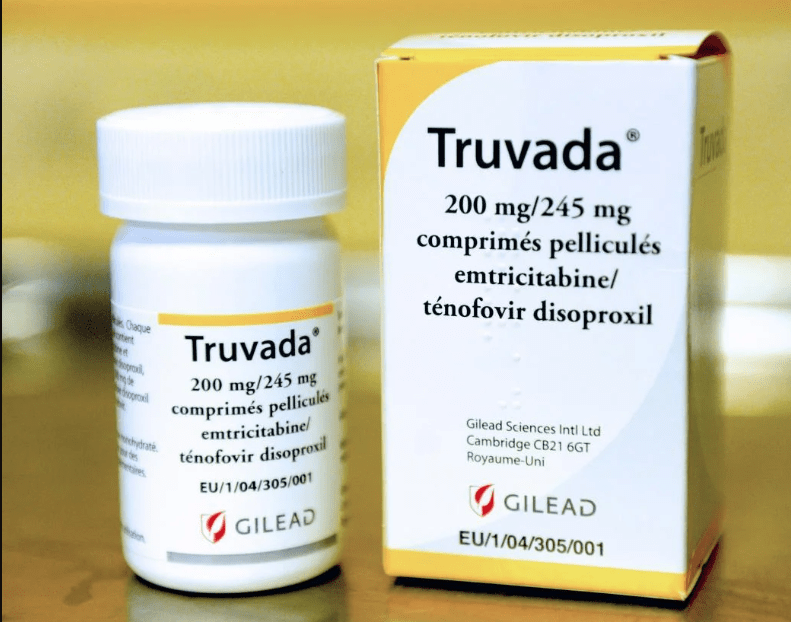Varicose veins are a common condition that affects many individuals, causing discomfort and aesthetic concerns. Treatment options for varicose veins vary in cost, influenced by several factors. Additionally, insurance coverage for these treatments can differ widely. This article will explore the factors that influence the cost of varicose vein treatment, the typical costs involved, and the extent to which insurance covers these treatments.
What Factors Influence the Cost of Varicose Vein Treatment?
Type of Treatment
The cost of varicose vein treatment is significantly influenced by the type of procedure performed. Different treatments vary in complexity, duration, and the technology used.
- Sclerotherapy: This involves injecting a solution into the affected veins, causing them to collapse. It is typically used for smaller varicose veins and spider veins. Costs can range from $350 to $500 per session.
- Endovenous Laser Therapy (EVLT): Laser energy is used to close off varicose veins. This procedure is more complex and typically costs between $600 and $3,000 per treatment.
- Radiofrequency Ablation (RFA): Similar to EVLT, RFA uses radiofrequency energy to heat and seal veins. Costs range from $1,000 to $3,000 per session.
- Surgical Treatments: Vein stripping and ligation, or ambulatory phlebectomy, are more invasive procedures that can cost between $1,500 and $3,000, depending on the extent of surgery required.
Severity of the Condition
The severity and extent of varicose veins can also affect treatment costs. More extensive or severe cases may require more sessions or more complex procedures.
- Number of Affected Veins: Treating a larger number of veins can increase the overall cost.
- Size and Location of Veins: Larger veins or those in more difficult-to-treat locations may require more advanced treatments, leading to higher costs.
Provider Experience and Facility Type
The experience and reputation of the healthcare provider, as well as the type of facility where the treatment is performed, can impact costs.
- Specialist Expertise: Providers with extensive experience and specialized training in venous treatments may charge higher fees.
- Facility Quality: Treatments performed in high-end medical facilities or vein centers with advanced equipment may cost more than those in standard clinics.
Pre- and Post-Treatment Care
The cost of varicose vein treatment often includes expenses related to pre-treatment consultations, diagnostic tests, and post-treatment follow-up care.
- Diagnostic Tests: Ultrasound imaging and other diagnostic procedures are necessary to plan the treatment and can add to the overall cost.
- Follow-Up Visits: Regular follow-up visits to monitor the treatment’s success and manage any complications are typically part of the treatment cost.
How Much Does Varicose Vein Treatment Cost?
Typical Costs of Common Treatments
Understanding the typical costs of various varicose vein treatments can help patients make informed decisions.
- Sclerotherapy: $350 to $500 per session. Multiple sessions may be required for optimal results.
- Endovenous Laser Therapy (EVLT): $600 to $3,000 per treatment, depending on the complexity and extent of veins treated.
- Radiofrequency Ablation (RFA): $1,000 to $3,000 per session, with similar factors affecting the cost as EVLT.
- Surgical Treatments: $1,500 to $3,000 for vein stripping or ligation, with costs varying based on the surgery’s extent and the facility’s fees.
Additional Costs
In addition to the treatment itself, other costs may be incurred, including:
- Consultation Fees: Initial consultations with a specialist may range from $100 to $300.
- Diagnostic Imaging: Ultrasound and other imaging tests typically cost between $200 and $500.
- Compression Stockings: Often recommended post-treatment, costing between $50 and $150 per pair.
- Medication: Any prescribed medication for pain management or to prevent complications may add to the overall cost.
Are Varicose Veins Covered by Insurance?
Medical Necessity
Insurance coverage for varicose vein treatment often depends on whether the treatment is deemed medically necessary.
- Symptoms and Complications: Treatments aimed at relieving pain, swelling, or preventing complications like ulcers or blood clots are more likely to be covered.
- Medical Documentation: Proper documentation from a healthcare provider demonstrating the medical necessity of the treatment can facilitate insurance approval.
Cosmetic vs. Medical Treatment
Insurance companies typically do not cover treatments considered purely cosmetic.
- Cosmetic Treatments: Procedures performed solely for aesthetic reasons, such as treating small spider veins without associated symptoms, are usually not covered.
- Combined Treatments: When both cosmetic and medical treatments are needed, insurance may cover the medical portion, leaving the patient to pay for cosmetic enhancements.
Out-of-Pocket Costs
Even when insurance covers part of the treatment, patients may still incur out-of-pocket costs, including deductibles, co-pays, and coinsurance.
- Deductibles: The amount a patient must pay out-of-pocket before insurance coverage begins.
- Co-Pays and Coinsurance: Fixed co-pays for office visits or a percentage of the treatment cost as coinsurance may apply.
Managing Costs and Insurance Coverage
Exploring Financing Options
For treatments not covered by insurance or for out-of-pocket expenses, exploring financing options can help manage costs.
- Payment Plans: Many vein centers offer payment plans that allow patients to spread the cost over several months.
- Medical Financing: Options such as medical credit cards or loans specifically designed for healthcare expenses can provide financial flexibility.
Seeking Multiple Opinions
Obtaining multiple opinions from different specialists can help ensure that patients receive the most appropriate and cost-effective treatment.
- Comparing Costs: Comparing treatment costs from various providers can help patients find affordable options without compromising quality.
- Evaluating Treatment Options: Different specialists may offer various treatment options, providing patients with choices that fit their needs and budgets.
Conclusion:
The cost of varicose vein treatment is influenced by several factors, including the type of treatment, severity of the condition, geographic location, provider experience, and additional pre- and post-treatment care. Understanding these factors and the typical costs involved can help patients make informed decisions about their treatment options. Insurance coverage for varicose vein treatments often depends on medical necessity, with many plans requiring pre-authorization. Verifying insurance coverage, exploring financing options, and seeking multiple opinions are essential steps in managing the costs associated with varicose vein treatment. By being well-informed, patients can achieve better health outcomes while effectively managing their financial responsibilities.






